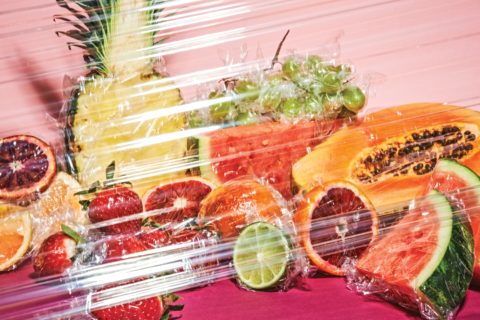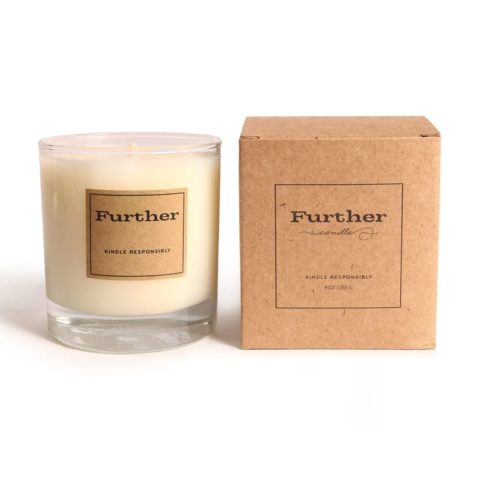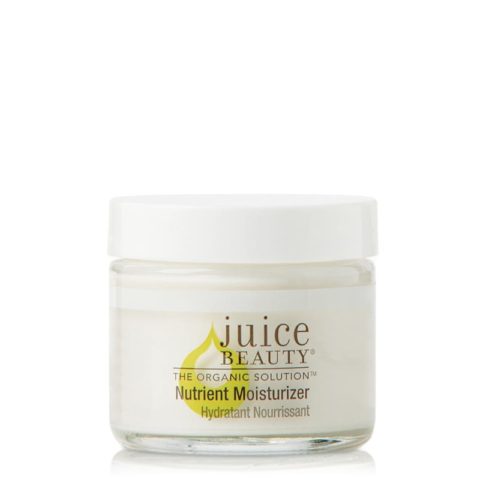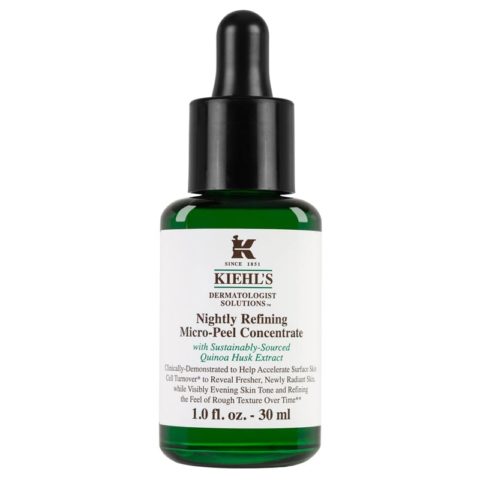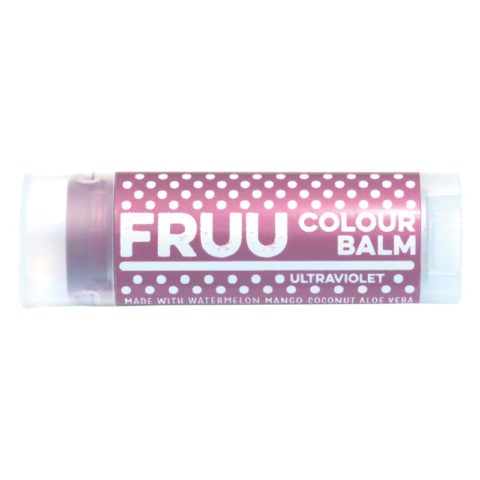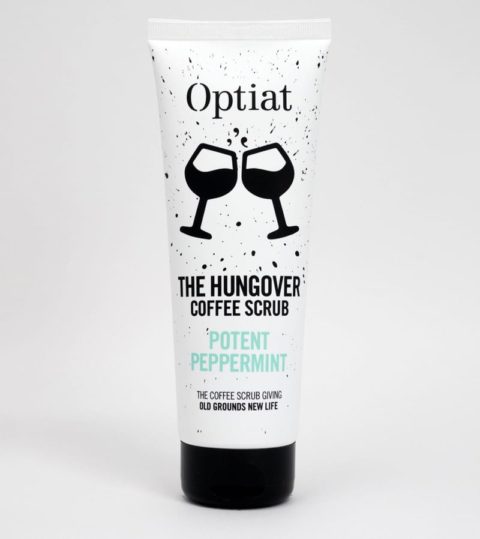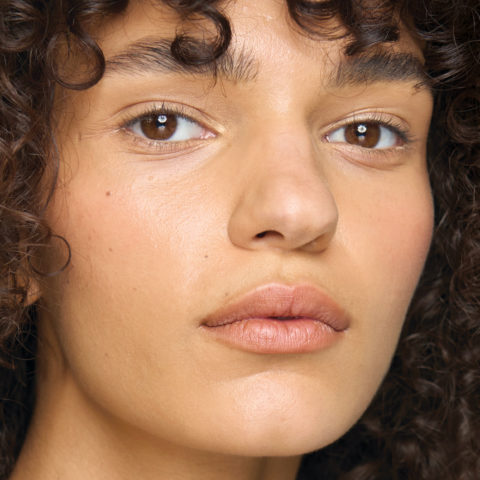Food Waste Is Finding a Second Life in Your Beauty Products
“These natural materials offer a bounty of nutritious ingredients for use in a fast-growing number of products. Even discarded parts of foods, like fruit peels, provide vitamins and antioxidants.”
The average Canadian throws out an estimated 170 kilograms of food a year, according to a report by the Commission for Environmental Cooperation. That’s the equivalent to letting a quarter of your groceries spoil. But it’s not just a problem at home. Waste happens all along the food supply chain, “from the farm all the way through processing, distribution, food service and retail,” explained Tamara Shulman, one of the report’s authors, on CBC Radio’s The Current.
Recognizing this growing worldwide problem, French perfume brand Etat Libre d’Orange recently launched I Am Trash, a fragrant statement about our over-consuming and throwaway society. The idea behind the scent isn’t to make one smell like they’ve just been dumpster diving (the press release categorizes it as a fruity and woody floral); rather, its key ingredients are upcycled fragrance industry waste such as expired flower petals and previously distilled wood chips as well as discarded fruits from food production.
Other beauty brands are catching on. Take Kiehl’s, which uses quinoa husks (a by-product of harvesting the seed) in its Nightly Refining Micro-Peel Concentrate, or Juice Beauty, whose go-to grapes are fine to eat but deemed too ugly for grocery stores. “These natural materials offer a bounty of nutritious ingredients for use in a fast-growing number of products,” says David Tyrrell, global skincare analyst at Mintel. “Even discarded parts of foods, like fruit peels, provide vitamins and antioxidants.”
“These natural materials offer a bounty of nutritious ingredients for use in a fast-growing number of products. Even discarded parts of foods, like fruit peels, provide vitamins and antioxidants.”
Tyrrell points to two British indies that feature food waste as their hero ingredients: Fruu makes fruit-infused lip balms with produce that would otherwise be discarded, and Optiat (the acronym for One Person’s Trash Is Another’s Treasure) collects used coffee grounds from London cafés for its scrubs. There’s also Further, a body care line in Los Angeles that makes hand soap and candles using cooking grease from the city’s top restaurants. And it’s not just skincare that can repurpose food waste. “The University of Leeds has developed a new technology to extract compounds called anthocyanins from blackcurrant fruit waste to produce sustainable, biodegradable hair dyes,” says Tyrrell.
As beauty brands explore how they can work with organic refuse, in the future we may even see cosmetics companies partnering with food and drink manufacturers to source ingredients directly, adds Tyrrell. For an industry that is often blamed for its environmental impact—whether it’s plastic packaging or problematic ingredients like silicones and sulfates—it’s refreshing to know that beauty might finally be part of a solution.

